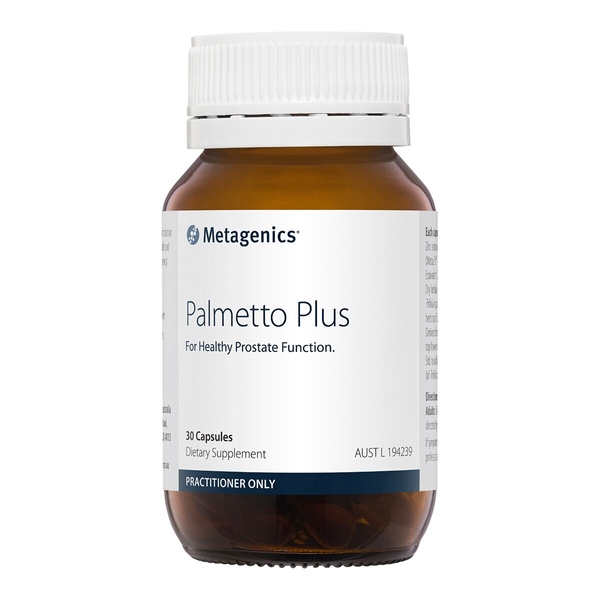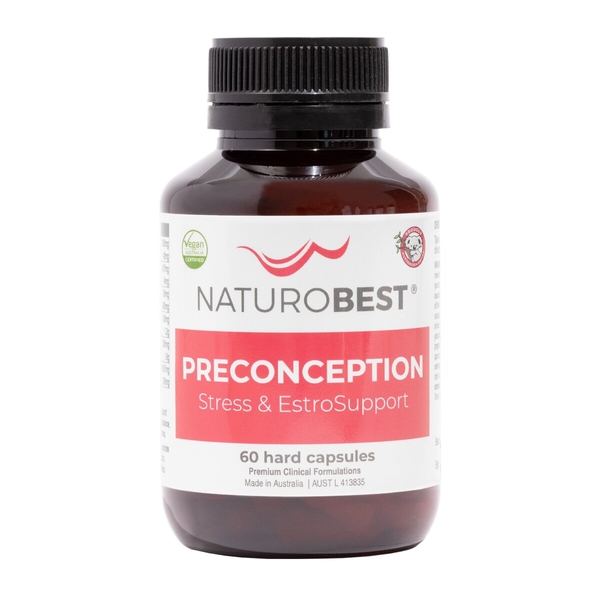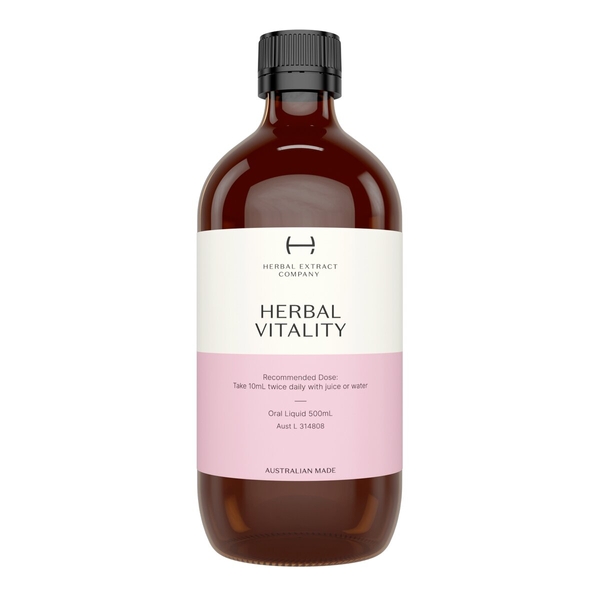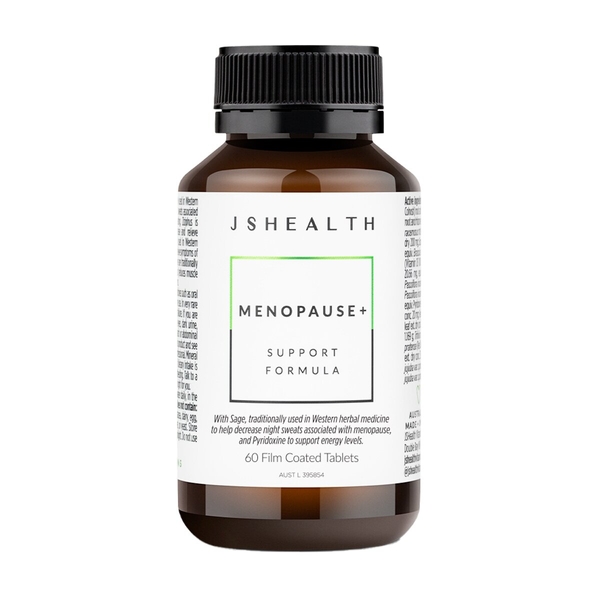
Background
Red clover contains chemicals called phytoestrogens that are similar to the hormone estrogen. It grows in many areas, including Europe, central Asia, and northern Africa.
People commonly use red clover for symptoms of menopause, weak and brittle bones, breast pain, male-pattern baldness, and many other conditions, but there is no good scientific evidence to support any of these uses.
Don't confuse red clover with sweet clover. They are different plants.
Safety Safety definitions
When applied to the skin: Red clover is possibly safe when used for up to 4 weeks.
Special Precautions & Warnings:
Pregnancy and breast-feeding: Red clover is commonly consumed in foods. But it's possibly unsafe when used in medicinal amounts. Red clover might act like estrogen, which could affect hormone balances during pregnancy or breast-feeding. Don't use it.Hormone-sensitive conditions such as breast cancer, uterine cancer, ovarian cancer, endometriosis, or uterine fibroids: Red clover might act like estrogen. If you have any condition that might be made worse by estrogen, don't use red clover.
Effectiveness
Dosing & administration
Interactions with pharmaceuticals
Caffeine
Interaction Rating=Minor Be watchful with this combination.
Red clover contains the chemical genistein. Genistein might slow down how quickly the body gets rid of caffeine. But red clover doesn't seem to have enough of this ingredient to actually increase the effects of caffeine.
Estrogens
Interaction Rating=Moderate Be cautious with this combination.
Large amounts of red clover might have some of the same effects as estrogen. Taking red clover along with estrogen might decrease the effects of estrogen.
Medications changed by the liver (Cytochrome P450 1A2 (CYP1A2) substrates)
Interaction Rating=Minor Be watchful with this combination.
Some medications are changed and broken down by the liver. Red clover might change how quickly the liver breaks down these medications. This could change the effects and side effects of these medications.
Medications changed by the liver (Cytochrome P450 2C19 (CYP2C19) substrates)
Interaction Rating=Minor Be watchful with this combination.
Some medications are changed and broken down by the liver. Red clover might change how quickly the liver breaks down these medications. This could change the effects and side effects of these medications.
Medications changed by the liver (Cytochrome P450 2C9 (CYP2C9) substrates)
Interaction Rating=Minor Be watchful with this combination.
Some medications are changed and broken down by the liver. Red clover might change how quickly the liver breaks down these medications. This could change the effects and side effects of these medications.
Medications changed by the liver (Cytochrome P450 3A4 (CYP3A4) substrates)
Interaction Rating=Minor Be watchful with this combination.
Some medications are changed and broken down by the liver. Red clover might change how quickly the liver breaks down these medications. This could change the effects and side effects of these medications.
Medications that slow blood clotting (Anticoagulant / Antiplatelet drugs)
Interaction Rating=Minor Be watchful with this combination.
Red clover might slow blood clotting. Taking red clover along with medications that also slow blood clotting might increase the risk of bruising and bleeding.
Methotrexate (Trexall, others)
Interaction Rating=Moderate Be cautious with this combination.
Red clover might increase levels of methotrexate in the body. This might increase side effects from methotrexate such as vomiting and stomach pain.
Tamoxifen (Nolvadex)
Interaction Rating=Moderate Be cautious with this combination.
Red clover might decrease the effects of tamoxifen. Do not take red clover if you are taking tamoxifen.
Interactions with herbs & supplements
Herbs and supplements that might slow blood clotting: Red clover might slow blood clotting and increase the risk of bleeding. Taking it with other supplements with similar effects might increase the risk of bleeding in some people. Examples of supplements with this effect include garlic, ginger, ginkgo, nattokinase, and Panax ginseng.
Interactions with foods
Products
View all products- Trifolium pratense (Red clover) ext. equiv. dry 711 mg
- Crataegus monogyna ext. equiv. dry 711 mg
- Rehmannia glutinosa ext. equiv. dry 711 mg
- Eleutherococcus senticosus ext. equiv. dry 533 mg
- Urtica dioica ext. equiv. dry 888 mg
- Petroselinum crispum ext. equiv. dry 888 mg
- Euphrasia officinalis ext. equiv. dry 711 mg
- Taraxacum officinale ext. equiv. dry 711 mg
- Avena sativa ext. equiv. dry 355 mg
- Equisetum arvense ext. equiv. dry 355 mg
- Vaccinium myrtillus ext. equiv. dry 107 mg
- Rosmarinus officinalis ext. equiv. dry 71 mg
- Cinnamomum verum ext. equiv. dry 71 mg
- Syzygium aromaticum ext. equiv. dry 18 mg
- Mentha x piperita oil
- Pimpinella anisum oil
- Glycerol
- Trifolium pratense (Red clover) ext. 250 mg
- Actaea racemosa ext. 20 mg
- Asparagus racemosus ext. 10 mg
- Brassica oleracea var. italica ext. 10 mg
- Salvia officinalis ext. 167 mg
- Vitex agnus-castus ext. 25 mg
- Ziziphus jujuba ext. 60 mg
- Ascorbic acid (Vitamin C) 50 mg
- Cholecalciferol 2.5 µg equiv. vitamin D3 100 IU
- d-alpha-Tocopheryl acid succinate 20.66 mg equiv. vitamin E 25 IU
- Menaquinone 7 (Vitamin K2) 90 µg
- Passiflora incarnata ext. 30 mg
- Pyridoxal 5-phosphate (P5P) 3.91 mg equiv. pyridoxine 2.5 mg
- Rehmannia glutinosa ext. 20 mg










